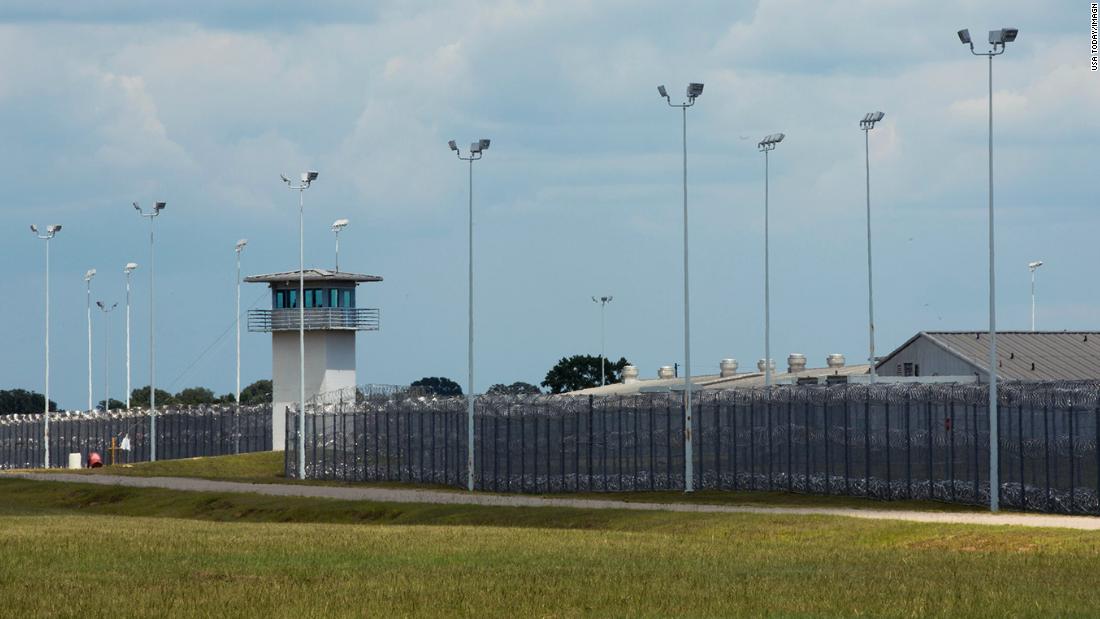
Texas A&M’s Hazard Reduction and Recovery Center scrutinized heat mitigation policies used by the Texas Department of Criminal Justice.
According to the report, only 30 percent of Texas prison units are fully air-conditioned, and Texas is one of 13 states that does not have universal air conditioning in state prisons.
“There are 100 TDCJ units, 31 have full AC, 55 have partial AC, and 14 have no AC,” Texas Department of Criminal Justice Director of communications Amanda Hernandez told CNN in an email. She added, “We take numerous precautions to lessen the effects of hot temperatures for those incarcerated within our facilities.”
The department manages inmates in state prisons, state jails, and private correctional facilities contracting with the state.
The report warned “increasing annual temperatures and the increase of days over 100 degrees in Texas will continue to exacerbate the degradation of health for both incarcerated people and staff.”
Texas A&M University research assistant professor J. Carlee Purdum presented the report’s findings to Texas lawmakers last week during testimony for the Texas House Appropriations Committee.
“With our prisons not having air conditioning, it’s a really dangerous situation,” Purdum said. “When we have a heat wave such as this summer, it can potentially lead to disastrous consequences.”
According to the report, there have been at least 23 documented heat-related deaths of incarcerated people since 1998, and in 2018 “at least 79 incarcerated people and prison staff members reported heat-related illnesses between January and October.”
Heat-related illnesses documented in the report include heat stroke or heat exhaustion, passing out, difficulty breathing, nausea or vomiting, disorientation, cramping, and heat rash.
Hernandez told CNN the state’s facilities have measures in place to keep inmates safe during phases of high heat.
“Much like those Texans who do not have access to air conditioning in their homes, the department uses an array of measures to keep inmates safe. Everyone has access to ice and water. Fans are strategically placed in facilities to move the air. Inmates have access to a fan and they can access air-conditioned respite areas when needed,” Hernandez said.
Hernandez added, “The agency recognizes that some inmates are potentially at a heightened risk of heat-related illnesses because of their age, health conditions, or medications. These individuals are identified through an automated heat sensitivity score that uses information from the inmate’s electronic health record. Individuals who have a heat sensitivity score receive priority placement in a housing area that is air-conditioned.”
Despite the current state of affairs with their facilities, Hernandez stated the agency is committed to doing all it can to keep staff and inmates safe.
CNN’s Joe Sutton and Rebekah Riess contributed to this report.
